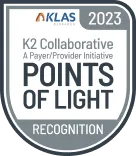Webinar
/
Ask the Experts: Compliance Edition
Date
Time
March 8, 2023
10:00 am
EST
Meet the speakers
About the webinar
Gain valuable insights into compliance and the impact of legislative and regulatory processes on medical records.
Achieve your boldest ambitions
Explore how Datavant can be your health data logistics partner.
Contact us



.svg)









